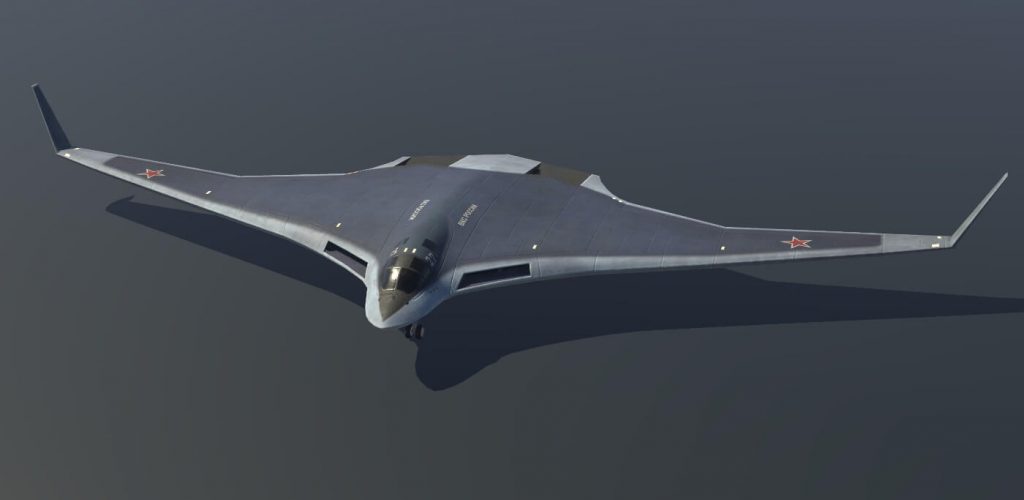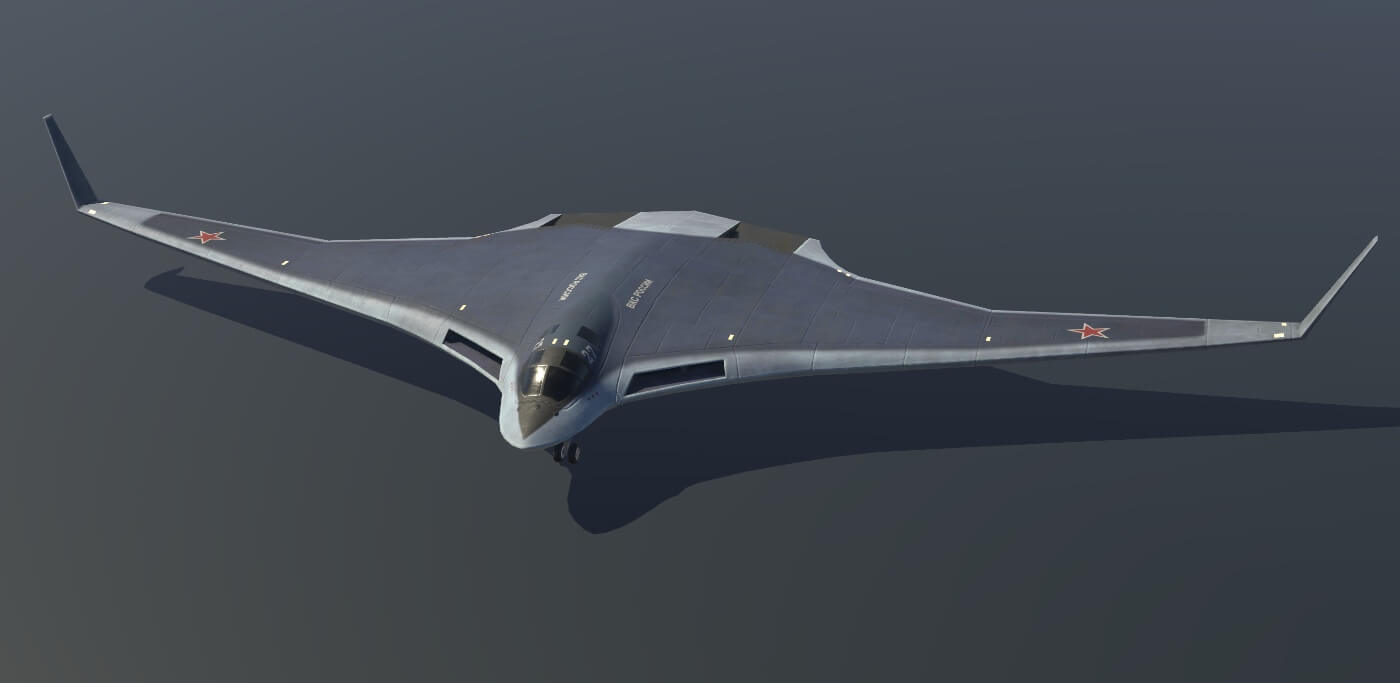
According to statements by British Armaments Secretary James Heappey, the British authorities have announced that the Russian designers have reached the final stages of development for a fifth-generation PAK-DA bomber, also known as “Izdelie 80” (Product 80). Russia currently maintains several types of bombers on constant readiness at various air bases across the country. The PAK-DA prototype, which bears resemblance to the American B-2 bomber, appears to be nearing completion.
Russia currently employs Tu-95, Tu-22, and Tu-160 strategic bombers and missile carriers, along with the Su-34 as their front-line aircraft. A new Tu-160 has been modernized and constructed. The “Izdelie 80” represents a genuine next-generation stealth bomber for the Russian Aerospace Forces (VKS).
Based on Heappey’s remarks, it can be inferred that Russia is expected to receive initial images of the PAK-DA in the upcoming years. Speculations within certain Russian media outlets suggest a potential timeframe by the end of 2025, although this should be regarded as a conjecture. PAK-DA is an acronym meaning “Promising long-range aviation complex” in Russian. The Tupolev company is currently developing this promising stealth bomber, which is intended to replace the Tu-160 and Tu-22M3 strategic bombers.
Tupolev engineers have set a target to assemble the first flight model by 2023; however, the deadlines have been repeatedly postponed almost every year. Nevertheless, there remains optimism that the PAK-DA will take flight prior to 2025. The primary advantage of “Izdelie 80” lies in its incorporation of stealth technology.
It is widely known that strategic Russian aviation possesses a notable vulnerability in terms of its detectability. These aircraft are easily detectable by radar systems and thus present as vulnerable targets. In contrast, the latest American B-2 bomber is constructed with advanced stealth technology.
Russia is poised to learn valuable lessons from the United States’ experience in stealth bomber development. While the B-2 Spirit project encountered shortcomings due to its high cost, it should be noted that the underlying concept of an inconspicuous strategic bomber capable of delivering devastating payloads remains highly successful. Presently, the U.S. is undertaking the development of a more cost-effective successor to the B-2, aptly named the B-21 Raider, featuring a subsonic and stealthy design based on the “flying wing” aerodynamic concept. Notably, China is also pursuing its own stealth strategist, the Xian H-20.
Turning to Russia, certain characteristics of their forthcoming stealth bomber, “Izdelie 80,” have already been disclosed. It is anticipated that this bomber will possess subsonic speed, be powered by two engines, and boast an impressive range of up to 15,000 km.
Russian media sources assert that the Russian stealth bomber will outperform its American counterpart, particularly in terms of weaponry. Specifically, hypersonic weapons have purportedly been developed for the Russian bomber, placing them ahead of the United States in this area of advancement.
Regarding the anticipated weapon systems of the PAK-DA bomber, it is expected to feature a diverse array of armaments, encompassing both conventional and nuclear options. While the precise capabilities of these systems remain undisclosed due to the ongoing development of the PAK-DA, it is reasonable to anticipate a wide range of weapons, including air-to-surface missiles, bombs, and potentially hypersonic weapons.
The PAK-DA’s weapons systems are anticipated to incorporate advanced stealth capabilities, ensuring a reduced radar cross-section that poses challenges for enemy radar detection. This strategic advantage will facilitate the PAK-DA’s ability to penetrate deeply into enemy territory, minimizing the risks of detection and interception while effectively delivering its payload.
In addition to its stealth attributes, the PAK-DA’s weapon systems are expected to exhibit superior guidance and targeting capabilities. Equipped with advanced sensors and targeting systems, the bomber will achieve precise and accurate delivery of its weapons, thus enhancing its effectiveness in both conventional and nuclear missions.
In comparing the PAK-DA with other modern bombers, it is projected to possess a payload capacity of up to 30 tons, comparable to the B-2 Spirit and the Chinese H-20. However, the specific payload capacity of the PAK-DA remains classified information, as it may vary depending on mission requirements.
In terms of armament, the PAK-DA is expected to carry an assortment of air-to-surface and air-to-air missiles, bombs, and potentially hypersonic weapons. While official confirmation regarding the specific weapons to be employed by the PAK-DA is still pending, it is reasonable to anticipate a similar armament suite to that of contemporary bombers.
Distinguished by its advanced stealth technology and aerodynamic design, the PAK-DA is anticipated to possess a reduced radar signature and increased maneuverability in comparison to other modern bombers. These attributes may bestow the PAK-DA with a distinct advantage in evading enemy air defenses and achieving mission success.





